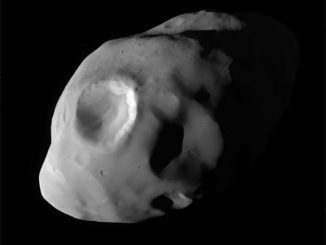
Picture This

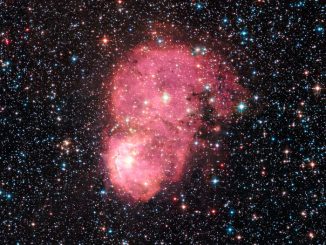
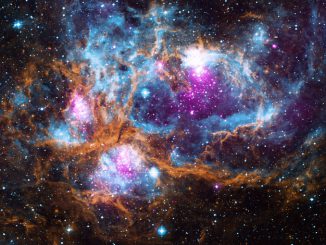

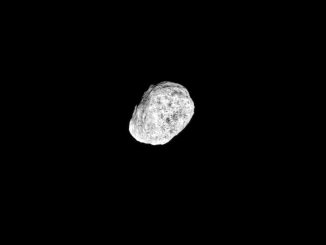

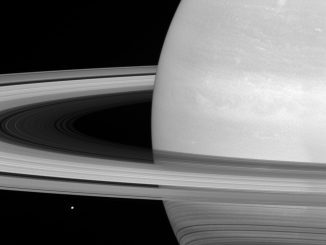
Icy moon Mimas dwarfed by Saturn’s rings
Saturn’s icy 246-mile-wide moon Mimas (near lower left) appears tiny by comparison to the planet’s rings, but scientists think the all of the small, icy particles spread over a vast area that comprise the rings are no more than a few times as massive as Mimas. The view was obtained by NASA’s Cassini spacecraft at a distance of approximately 564,000 miles from Saturn.
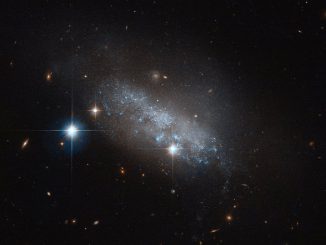
Hubble spotlights irregular galaxy IC 3583
This NASA/ESA Hubble Space Telescope image reveals a delicate blue group of stars — actually an irregular galaxy named IC 3583 — that sits some 30 million light-years away in the constellation of Virgo. This small galaxy is thought to be gravitationally interacting with one of its neighbours, the spiral Messier 90.
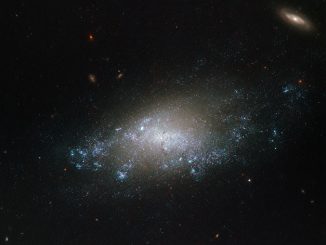
Hubble’s multispectral view of spiral galaxy NGC 3274
This image of the spiral galaxy NGC 3274 comes courtesy of the NASA/ESA Hubble Space Telescope’s Wide Field Camera 3 (WFC3). Hubble’s WFC3 vision spreads from the ultraviolet light through to the near infrared, allowing astronomers to study a wide range of targets, from nearby star formation through to galaxies in the most remote regions of the cosmos.
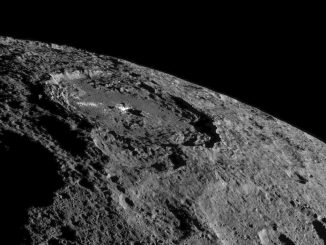
New views of dwarf planet Ceres as Dawn moves higher
The brightest area on Ceres stands out amid shadowy, cratered terrain in a dramatic new view from NASA’s Dawn spacecraft, taken as it looked off to the side of the dwarf planet. Dawn snapped this image from about 920 miles (1,480 kilometres) above Ceres in its fifth science orbit, in which the angle of the Sun was different from that in previous orbits.
